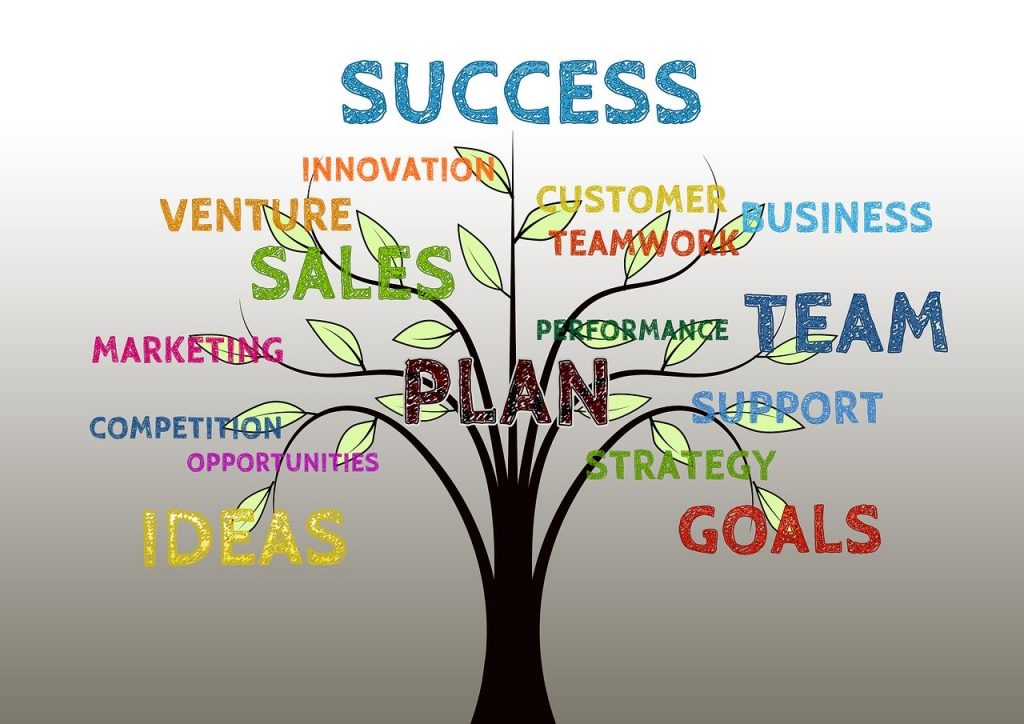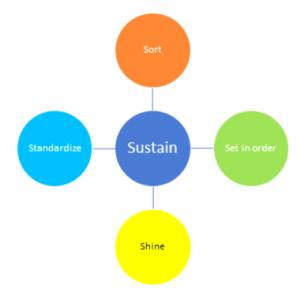Ways to overcome the fear of change – Part 2
Making a success of your digitalisation project How to overcome the fear of change?
Part 2: Ways to overcome the fear of change
Incantatory talk is counterproductive: telling someone to stop being afraid will simply not work, because fear cannot simply be switched off. To convince yourself of this, take some friends on a via ferrata for the first time in their lives and you will quickly understand the following: fear is an emotion, and cannot be countered with a rational argument. To help someone overcome their fear, you need to find out what would motivate them to take the leap into the unknown.What is the benefit or reward needed for this person to overcome their fear?
We accept change if we perceive a need for it, or if we find a real benefit in it (our expectations are better met) and sometimes we undergo change when we are forced to do so (a matter of survival, legal constraint) and in this case, we will try to bypass or passively obstruct. To convince, not coerce, you need to make the reward greater than the fear.

Some practical ways to increase the reward:
- If innovation is a key objective for your company, then variable pay targets, hiring and promotion criteria should value this risk-taking and innovative spirit.
- Personalise the benefit by answering the question “what’s in it for me?” Each case is individual, but there are benefits that involve the group such as the value of these new experiences in tomorrow’s work environment, the opportunities for internal promotion and the impact on the company’s overall image. It is also necessary to reassure those who fear for the continuity of their jobs when the most repetitive tasks are “automated” by accompanying them towards functions with higher added value through internal training, because digitalisation also creates new needs (more data available to be exploited) and new professions (non-repetitive tasks requiring creativity and/or experience, which the competition cannot offer).
- Quantifying the cost and impact of not taking risks: asking honestly the question “what is the risk of doing nothing?”implies looking at what the competition is doing and knowing the evolution of market expectations. Launching too late is more expensive than launching too early because the market is already taken, and the talentsare already with competitors.
- Adopt a management style that “involves” employees and encourages their initiative (failures are opportunities to learn, not reasons to blame). Praise the “pioneers” who work to bring about changes that will bring new competitive advantages (regardless of the short-term result). Listen to and answer employees’ questions. Solicit the most resistant to change by asking for their opinion on how to improve things, they often come up with excellent ideas and will more easily buy into the change.
- Give examples of companies that focused on what they did well and missed the next technological shift (Kodak, Olivetti, BlackBerry, there are many examples…). Give mostly internal examples where customers were lost to more innovative competitors, but also examples where progress was made by bringing something new.
In summary, understanding natural fear and responding to it with incentives rather than inducements is the best way to develop your organisation’s capacity for innovation. Trust new solutions, even without a reference, if you can experiment with them yourself and if they fit your own business strategy. Who would have bet on SAP in 1971, on Tesla in 2003 and on Amazon Web Services in 2006?
We’re here for you!
Share with us your ideas on how to put Industry 4.0 into practice in your company.













